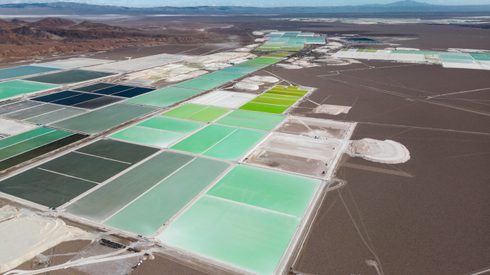E-Vac, the US subsidiary of German magnet manufacturer VAC Group, plans to build a sintered neodymium iron boron (NdFeB) rare earth magnet plant in the US city, to be operational in late fall of 2025. It broke ground on the project in March of this year.
The award will be paid under the US’ Qualifying Advanced Energy Project Tax Credit (48C), to which the US Inflation Reduction Act (IRA) allocated $10 billion in funding. In this first phase of funding, $800 million in tax credits were awarded to selected critical materials recycling, processing, and refining projects.
“Our facility will help to establish a resilient, US-based supply chain for decades to come,” e-VAC chief executive officer Erik Eschen said.
On April 1, US-integrated rare earth producer MP Materials announced it had been awarded $58.5 million in tax credits under the scheme to support the building of its own rare earth magnet manufacturing facility.
Ara Partners, the private equity and infrastructure firm that acquired VAC Group in October 2023, welcomed the tax break.
“The IRA is helping companies invest in America and build critical domestic supply chains,” Tuan Tran, partner at Ara, said.
In 2023, E-Vac also inked an agreement with the US Department of Defense as part of the latter’s ‘Mine-to-Magnet’ supply chain initiative. VAC has also announced a partnership with Korea’s LS EAM to make rare earth magnets for EVs from 2027 onwards.
US carmaker GM has announced concluded long-term supply deals with both MP and e-VAC’s projects.
We offer insights into critical decision-making factors such as supply chain dynamics, future pipeline consideration, policy developments and historical price data. Our information is sourced from market reports, industry publications, conferences and feedback from those who buy, sell and trade rare earths. Stay informed, make confident decisions and navigate the dynamic rare earths market with Fastmarkets.





